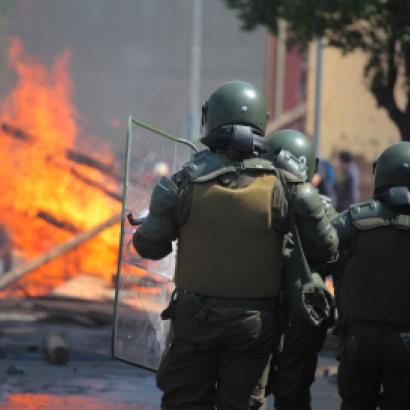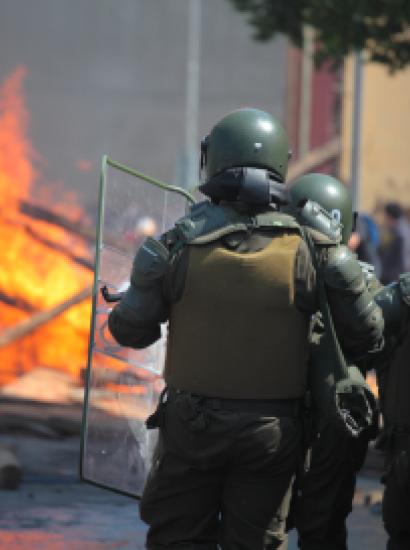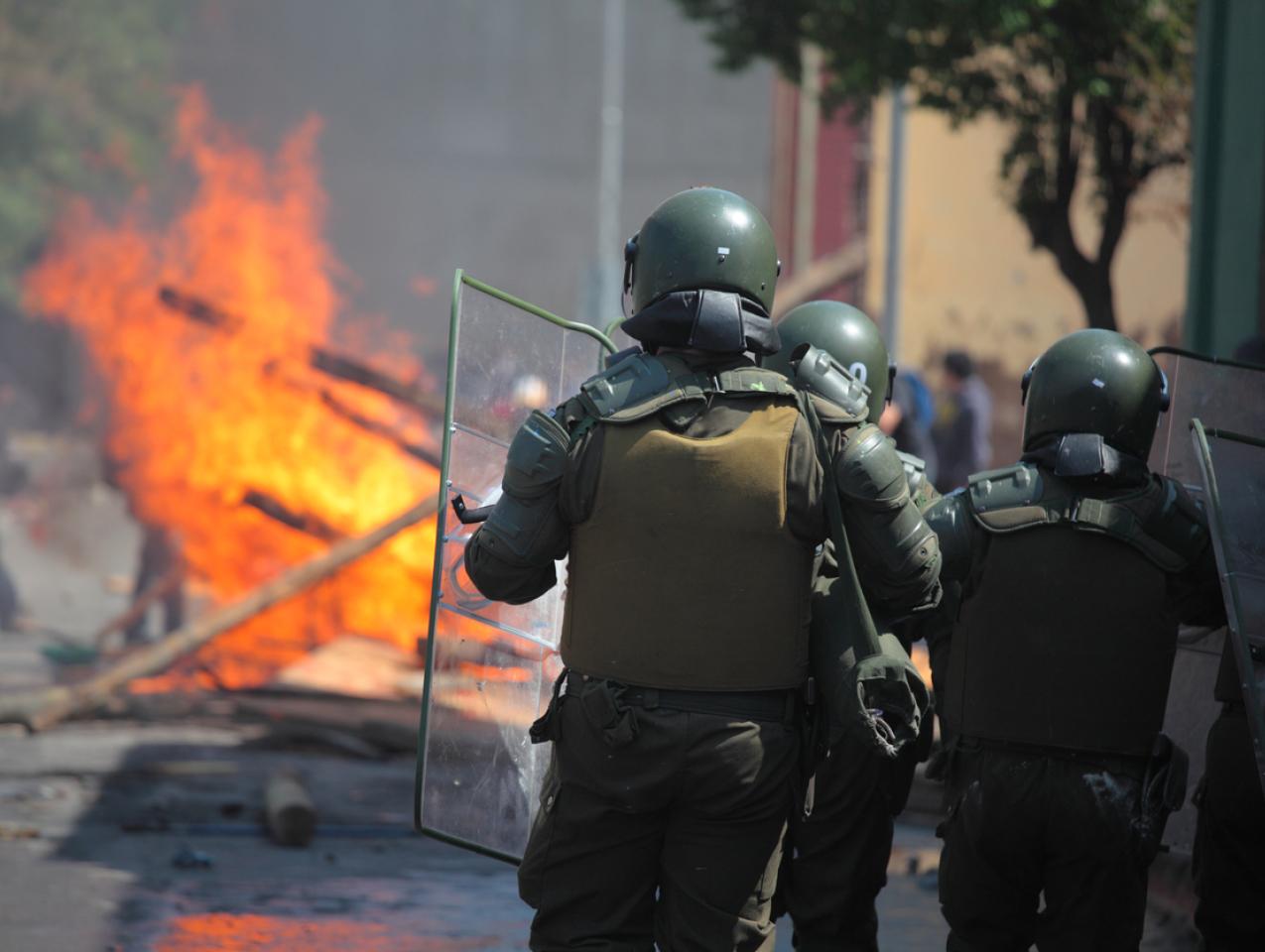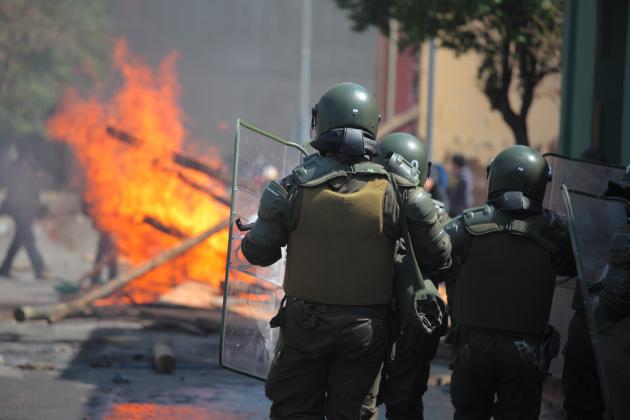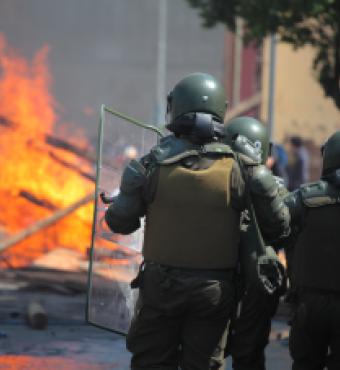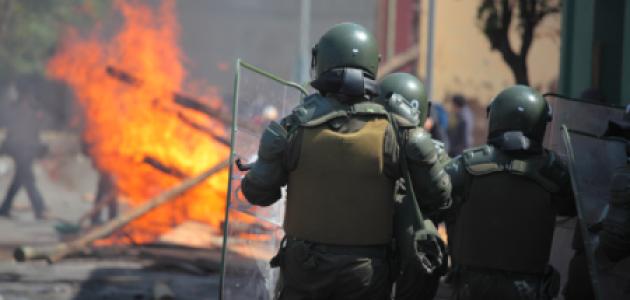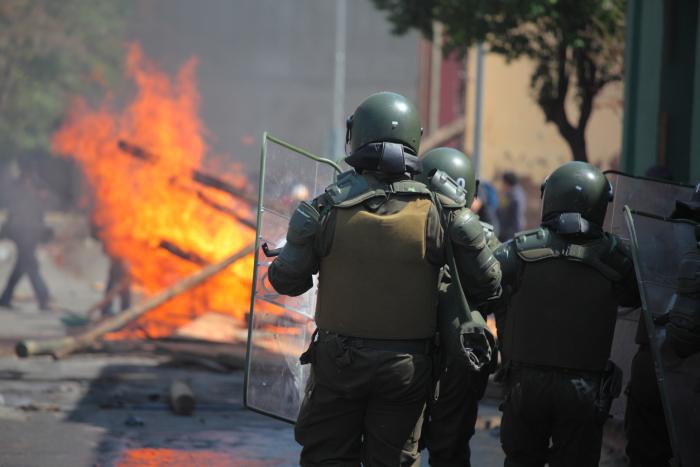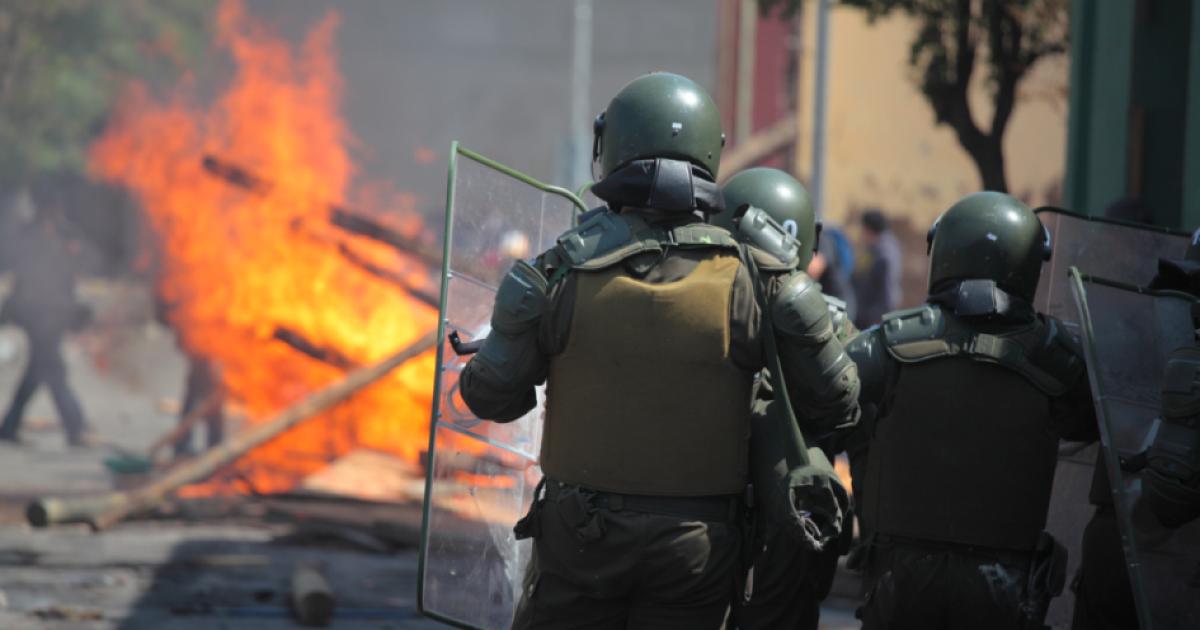The United States had just under 700,000 sworn enforcement officers in 2018, of whom 106 were killed in the line of duty that year. These officers are distributed among some 18,000 federal, state, and local police departments, which range in size from 36,000 officers in New York City to ten or fewer in hundreds of smaller towns and hamlets. All these individuals and departments are linked together by their license to use force when necessary to prevent violence and the destruction of property.
This raises a question: What legal regime should be implemented to prevent abuse by police officers?
The widely covered killing of George Floyd this past May—and the protests and looting that quickly followed—stemmed from a widespread lack of confidence in our public institutions. It did not matter that Minnesota Attorney General Keith Ellison brought charges against Derek Chauvin of the Minneapolis Police force, initially of third-degree murder and second-degree manslaughter, but later raised to second-degree murder. Nor did it matter that, shortly thereafter, related charges of aiding and abetting the murder were brought against three of Chauvin’s fellow officers: Alexander Keung, Thomas Lane, and Tao Thao.
Bringing these charges did not stop the peaceful protests or violent looting. That suggests that no set of standard procedures, and no rules for either criminal or civil liability, will temper the instant public response. Given the large number of officers and police departments, it is a statistical certainty that some similar incident will occur, sparking yet another round of protests and mayhem. Indeed, after the protests began, tensions were further heightened by the killing of Rayshard Brooks by an officer in the Atlanta Police Department and numerous other alleged instances of police brutality.
No legal system bats one-thousand, and it takes only a tiny number of incidents, at unpredictable intervals, to roil the public. The single largest challenge today is the restoration of public confidence in our less than perfect public institutions.
Floyd’s case presents a host of unexpected legal problems. The video of his death shows Chauvin’s horrific actions, but it cannot reveal his precise mental state. Did he think he was following standing Minneapolis procedures? Were his actions racially motivated? There are other questions, too: Did Floyd resist arrest? Did drug usage by Floyd contribute to his death?
The record clearly will not support a charge of first-degree murder, as Chauvin did not kill Floyd in cold blood. Even the second-degree murder charge is a stretch because it relies on the much disparaged felony-murder doctrine, under which a party who commits a felony can be charged with murder if someone was killed during the crime.
For a doctrinal example of felony murder, imagine a look-out for a bank robbery charged both with aiding and abetting the bank robbery and felony-murder when, unbeknownst to him, other conspirators commit murder in the course of the robbery. The felony-murder charge is morally problematic because the death of the victim was neither intended nor brought about by the look-out.
In order to increase Chauvin’s punishment, Ellison tried to shoehorn this case into the felony-murder doctrine by claiming that the predicate felony was Chauvin’s own assault on Floyd. This would mean the same man committed two crimes in one action. However, standard doctrine holds that the lesser offense “merges” into the killing and thus cannot constitute an independent wrong. Over-charging Chauvin could result in a partial exoneration, perhaps prompting yet another cycle of protests and looting.
But even if Chauvin’s case is correctly handled, the larger topic of police abuse remains. What’s so frustrating about the issue is that there are no practical or legal remedies that could prevent a recurrence of police abuse. Training programs, however thorough, can easily be forgotten or misapplied, raising the question of what remedy could be directed against either the officer charged with the offense or against the department in which he serves. The options are all bad.
Start with the simple proposition that police officers are supposed to use force to stop violence and arrest wrongdoers. Everyone agrees that officers and their departments should be protected against all liability when their actions are legal. But beyond this point, disagreement reigns over what response is needed when the police officer acted illegally. One school of thought argues that there should be no forgiveness at all, even if the police officer acted in both good faith and in a reasonable fashion. Indeed, Section 1983 of the Civil Rights Act is amendable to that argument:
Every person who, under color of any statute, ordinance, regulation, custom, or usage, of any State or Territory, subjects, or causes to be subjected, any citizen of the United States or other person within the jurisdiction thereof to the deprivation of any rights, privileges, or immunities secured by the Constitution and laws, shall be liable to the party injured in an action at law, suit in equity, or other proper proceeding for redress.
That position, however, was rejected by the Warren Court in the key decision in Pierson v. Ray (1967), which held that a police officer was entitled to receive a qualified immunity against civil liability under Section 1983. Though the phrase “every person” contains no explicit exception, Chief Justice Earl Warren held that some implied exceptions had to be read into the statute. He first concluded that judges were entitled to an absolute immunity from civil liability. The remedies for wrongful conviction are an appeal and, in extreme cases, disciplinary action. This makes sense. Who would want to be a judge if every supposedly erroneous decision could result in a damage action?
While judges work in a public fishbowl, which provides ample checks against illegal conduct, police officers do not, and therefore are not beneficiaries of an absolute immunity. Pierson gave police officers a qualified immunity because, as Warren concluded (with a veiled reference to Gilbert & Sullivan): “[a] policeman’s lot is not so unhappy that he must choose between being charged with dereliction of duty if he does not arrest when he has probable cause, and being mulcted in damages if he does.”
Simple error opens up the police to too much liability for every false arrest, so liability cannot be found if an officer “acted in good faith and with probable cause.” Only a violation of some “clearly established” norm could justify a finding of criminal liability or tortious liability under Section 1983. Courts have applied the doctrine quite strictly ever since, further narrowing the scope of liability.
As a general matter, there is much to be said for insulating public officials from the full brunt of liability for their official actions. In DeShaney v. Winnebago County Department of Social Services, a tortured Supreme Court refused to hold social workers and other local officials liable for damages under Section 1983 for their negligent failure to intervene, after receiving notice, to protect a young boy from being beaten senseless by his father. A single negligence verdict amid thousands of cases could bankrupt a department, preventing it from providing crucial services. Objective standards of liability are therefore too exacting in cases involving a wide range of public officials charged with supervisory or inspection functions.
Why are police officers and police departments any different? Even before the dreadful Floyd incident, many academics wanted to roll back qualified immunity for police officers. For example, Professor Joanna Schwartz of UCLA Law School argued in a 2018 article, “The Case Against Qualified Immunity,” that this immunity is not needed to protect officers from the financial burdens of liability because, even when they and their municipal governments are found liable for police abuse, individual officers pay less than 1 percent of total damage awards and litigation costs, with the Department picking up the rest. But eliminating qualified immunity for individual officers who in good faith strayed from the law is not likely to expose them to financial losses if their guilty companions already escape liability.
Alternatively, Congress could expand the scope of municipal liability. Another Section 1983 case, Monell v. New York City Department of Social Services (1978), dealt with a class action by female employees alleging pregnancy discrimination in the City’s Social Service Department. Monell held that the words “every person” included a municipal government, overturning the earlier 1961 decision in Monroe v. Pape, which held that municipal governments were entitled to an absolute liability in cases of systematic police abuse.
Monell imposed liability even when public officials acted in accord with custom. Monell substantially expanded liability, but it is now commonly regarded as too restrictive. Professor Peter Schuck of Yale Law School recently claimed that all government actions within the scope of employment should generate such liability.
Police departments do of course have some power over how their affairs are managed. However, it is often painfully clear that the behavior of these departments is limited by all sorts of regulations, not to mention long-standing contractual deals with unions that have been attacked for giving excessive protection to wayward cops who should be disciplined or removed from the force.
There have been enormous improvements in policing since the 1960s, so much so that it is hard to imagine what major structural reforms, apart from redoing union contracts, could change the overall situation for the better. Ironically, many progressive cities, like Minneapolis, have made the least headway on repairing public relations or healing the racial divide over policing practices. It is certainly easy to imagine how things could be made worse: If every unfortunate police incident pushes municipalities to “defund the police,” the most vulnerable among us will be exposed to greater risk of violence and upheaval.








